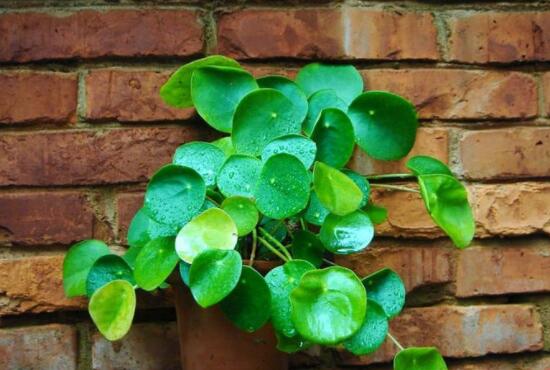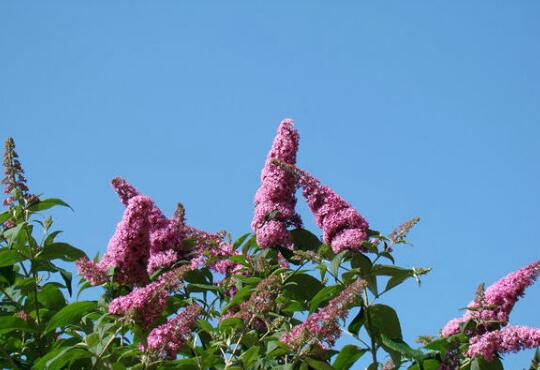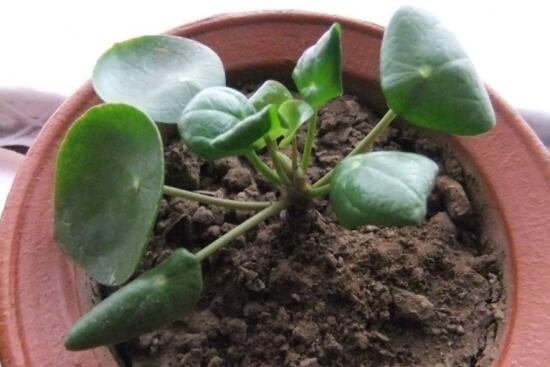How to raise mirror grass, breeding methods and matters needing attention / like astigmatism exposure
Mirror grass, named because its leaves look like the mirror of ancient fairies, is a beautiful foliage plant and is deeply loved by flower friends. In life, many people want to keep a pot of mirror grass at home, so how to raise it? The following are the cultivation methods and matters needing attention of potted mirror grass carefully arranged by the editor, which are very comprehensive and should not be missed.
First, how to raise mirror grass and understand its habits

Mirror grass likes a warm, humid environment, it is cold-resistant, like shade, avoid strong light, so how to raise mirror grass? When keeping it indoors, it should be placed in a place with sufficient astigmatism and watered frequently to keep the basin soil slightly wet. As for cultivated soil, it is best to choose peat soil that is moist and well drained.
II. Culture methods and matters needing attention of mirror grass
1. Soil
How to raise mirror grass indoors, the soil should be re-selected first. Nowadays, the mirror grass of flower friends is basically bought online, and there are existing potted plants. normal maintenance can ensure plant growth, but the soil is very cheap. if you want mirror grass to grow well, you'd better choose the soil again.
Soil selection: according to the growth habits of mirror grass, it likes loose and fertile soil with good drainage and air permeability. In this regard, the editor recommends that we use 3 parts of rotten leaf soil, 3 parts of garden soil, 2 parts of river sand or furnace ash, and 1 part of rotten organic fertilizer. It is best to pad tiles at the bottom of the flowerpot to facilitate drainage.
2. Lighting
Mirror grass is a foliage plant, so there is a great demand for light, but it avoids strong light, so when breeding indoors, it should be placed in a place where there is enough astigmatism but can avoid strong light.
Note: mirror grass requires high light, not too strong, not too concealed; once the light is too strong, its leaves are easy to burn; once too shaded, the leaves are easy to become thinner, petioles become longer and cause leaves to droop.
3. Temperature
How to raise mirror grass, the appropriate adjustment of temperature is also very necessary. It is understood that mirror grass likes a warm environment, and the most suitable growth temperature is 15-20 ℃. If it wants to grow well, it is best to maintain this growth problem.
Note: although the mirror grass is more hardy, the overwintering temperature should be kept at 7 ℃, otherwise the leaves of the mirror grass will turn yellow, the leaves of the mirror grass will curl, the leaves of the mirror grass will fall off, and even be frostbitten; at the same time, the mirror grass is also afraid of high temperature, when the temperature is higher than 30 ℃, the plant growth will stagnate and the leaves will fall off easily.
4. Watering
Water is the source of life, and watering is an essential link in the breeding methods and matters needing attention of mirror grass. Because mirror grass likes a humid environment, it is necessary to water more at ordinary times to keep the basin soil moist. The watering times should be controlled when the winter temperature is lower than 12 ℃, otherwise it is perishable and not conducive to overwintering.
Note: mirror grass requires high moisture, if not watered, it is easy to appear mirror grass leaves yellow sagging, serious leaves will appear wrinkles and even death; at the same time, mirror grass avoid stagnant water, watering can not be too much, otherwise it will cause leaf discoloration, and even root rot, death.
5. Fertilization
After watering, let's talk about fertilization, it is also very important in the breeding method of mirror grass. Spring and summer is the growing period of mirror grass, at this time, fertilization should be once a semimonthly dilute liquid fertilizer, and should be often irrigated with 0.1% 0.5% potassium dihydrogen phosphate solution or foliar spray.
Note: because the stems and leaves of mirror grass are fleshy, it needs fertilizer, but it is not resistant to thick fertilizer and large fertilizer. When fertilizing it, it should be carried out a few times, and it is most suitable to be irrigated with thin fertilizer. Once fertilizing too much, it will cause excessive growth of leaves, lodging of plants, and in serious cases, rotting roots and even death.
6. Diseases and insect pests
In the process of the growth of mirror grass, due to a variety of reasons, the plant will inevitably cause disease and insect damage. According to the inquiry, the main diseases and insect pests are: shell insects, red spiders, leaf spot, anthrax and so on, they all endanger the health of plants. So once found, we should immediately spray control, as for what medicine should be sprayed, you can refer to the pest control of mirror grass.
How to cultivate mirror grass? The main points of attention in the culture of mirror grass
The leaves of mirror grass are nearly round, very much like the ancient dressing mirror, also known as money grass, if you do not look carefully, and copper grass is very similar, very fresh and beautiful, is a more aesthetic indoor pot. So how can mirror grass grow vigorously?
1. In fact, it is quite different from Tongqian grass. Tongqian grass likes a warm environment, while mirror grass is more hardy, as long as it is all right above zero, and it prefers a cool environment.
2, mirror grass growth temperature is suitable for about 15 degrees, usually do not be illuminated by strong light, otherwise the leaves will curl, as long as not in the sun, astigmatism on it. Proper sunshade is needed in summer.
3. It is suitable to be planted with rotten leaf soil, plus peat, a small amount of river sand, coal ash, and some base fertilizer. If the soil can not be found, it can be planted with humus soil under the big trees on the mountain.
4. Watering should be timely. During the spring and autumn growing period, frequent watering is needed to keep the soil moist, or keep spraying water on the leaves to maintain a humid environment and increase air humidity.
5. It is a perennial herb, that is, if it is raised this year, it will continue to grow next year, so it is easy to feed. Reproduction is simple.
In spring, some lateral buds with adventitious roots grow on the plant, as long as four leaves are left, cut off with adventitious roots, and then planted in wet basin soil, they will take root and sprout in more than ten days.
Or select healthy branches, cut off, cut into the flowerpot, can also easily grow roots to survive.
6, usually give it some potassium dihydrogen phosphate, supplement phosphorus and potassium fertilizer, or organic fertilizer liquid, will make its branches grow strong, leaf color green, luxuriant.
7. When it is colder in winter, you can put it on the balcony or raise it indoors. Less than 5 degrees will affect your growth. If you put it in a warm place, you can continue to grow, the leaves are many, green and luxuriant, very beautiful.
Tongqian grass likes to be warm and humid, it is better to cultivate in half-day sunshine or shade, avoid direct sunlight, regardless of cultivation soil, and soft and well-drained soil is the best. Shade-resistant, moisture-resistant, slightly drought-resistant, highly adaptable, amphibious.
- Prev

How to raise drunken fish grass, the culture methods and matters needing attention / avoid waterlogging
Drunken fish grass is a kind of common plant all over the world, which is cultivated in Asia, America, Africa and other regions, but it is not easy to raise it well. There are many places we need to pay attention to. How to raise it? What are the culture methods and points for attention of drunken fish grass
- Next

What about the curl of the leaves of mirror grass? the causes and solutions of the curling leaves of mirror grass?
Mirror grass, which is very similar to Tongqian grass, has round green leaves, but one looks like an ancient mirror and one looks like an ancient copper coin. Looking at the leaves of mirror grass, people will be in a very good mood, so when it curls, flower friends will be very anxious, what about the curl of mirror grass leaves?
Related
- Fuxing push coffee new agricultural production and marketing class: lack of small-scale processing plants
- Jujube rice field leisure farm deep ploughing Yilan for five years to create a space for organic food and play
- Nongyu Farm-A trial of organic papaya for brave women with advanced technology
- Four points for attention in the prevention and control of diseases and insect pests of edible fungi
- How to add nutrient solution to Edible Fungi
- Is there any good way to control edible fungus mites?
- Open Inoculation Technology of Edible Fungi
- Is there any clever way to use fertilizer for edible fungus in winter?
- What agents are used to kill the pathogens of edible fungi in the mushroom shed?
- Rapid drying of Edible Fungi

